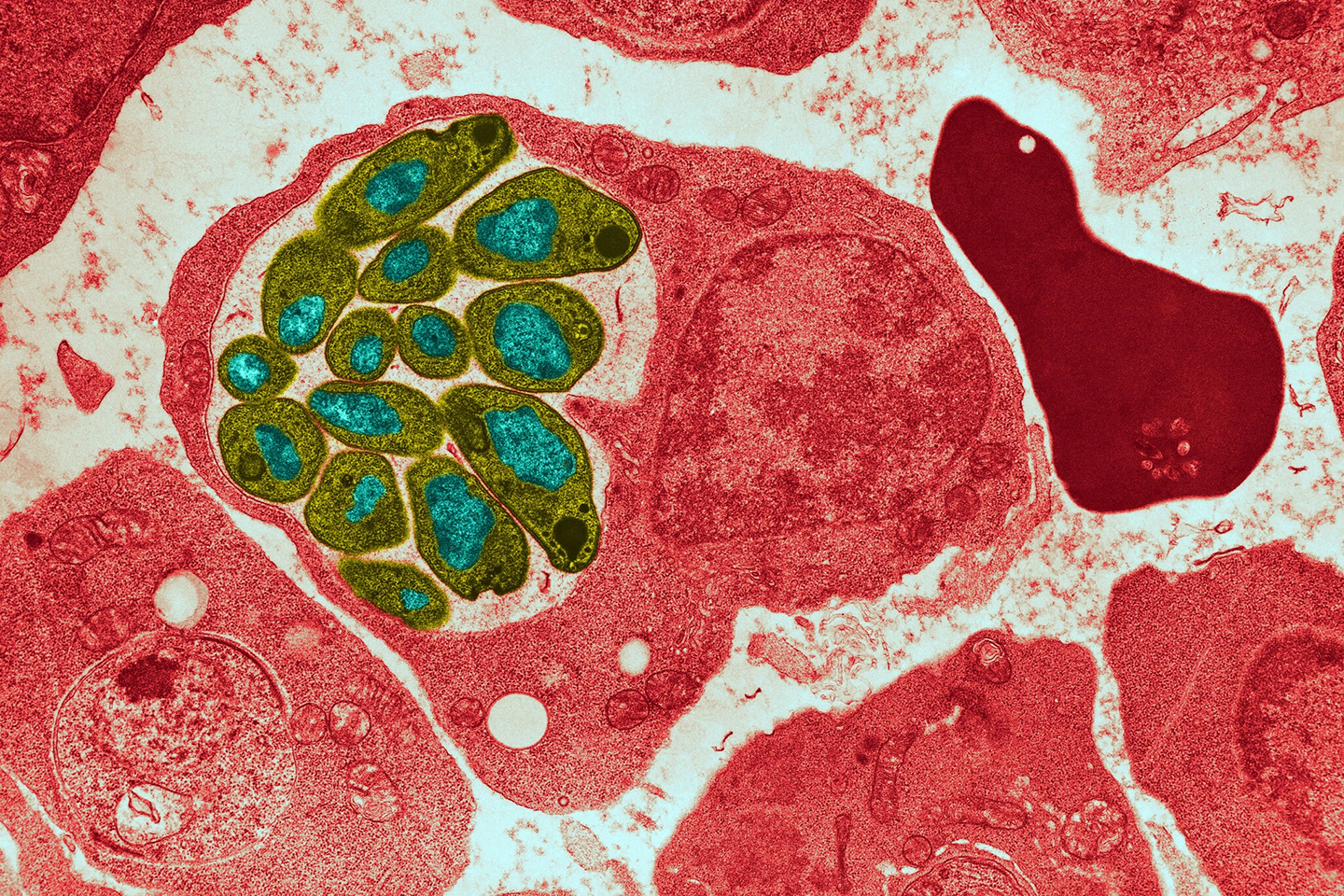Mortality Among the Indians
The Planter (Columbia, TX), Vol. 1, No. 53, Ed. 1, Saturday, December 2, 1843

During its occupation, settlers at Bird's Fort, as well as visitors, reported frequent fevers and illnesses due to "malarial conditions" created by the stagnation of the nearby lake (now known as Calloway Lake). President Sam Houston is known to have become disgruntled and bid an irritable retreat from Bird's Fort due, in part, to discomforts such as "mosquitos from low-lying areas" at the site. The brief article below, appearing just weeks after the treaty council of September 29, 1843, leads one to speculate that perhaps the Native Americans attending the council were particularly susceptible to, and hard-hit by, such conditions.
A gentleman from Houston county informs us that numbers of the Indians who assembled at Bird's Fort, were attacked by fevers, which, in many instances, proved fatal.
The Indians were ill provided, and showed evident symptoms of poverty and hard times. The traders along the U. States' boundery [sic] had endeavored to persuade the Indians against making any treaty with the Texians, believing no doubt that a portion of the Indian trade would be lost to them. The Indians had also been cautioned against making any purchases from Texian traders who had visited Bird's Fort with goods, as it was stated by the U. States' traders that the merchandise of the traders had been infected with small pox, and other infectious diseases, in order to effect the destruction of the tribes. In consequence of this, no merchandise could be sold to the Indians by the few Texian traders who were on the spot.
How infinitely below the brute creation are those reptiles, who, for base mercenary purposes would thus impose upon the credulity of these children of the forest, and prejudice their minds against those who are anxious to become their friends. —Red Lander

